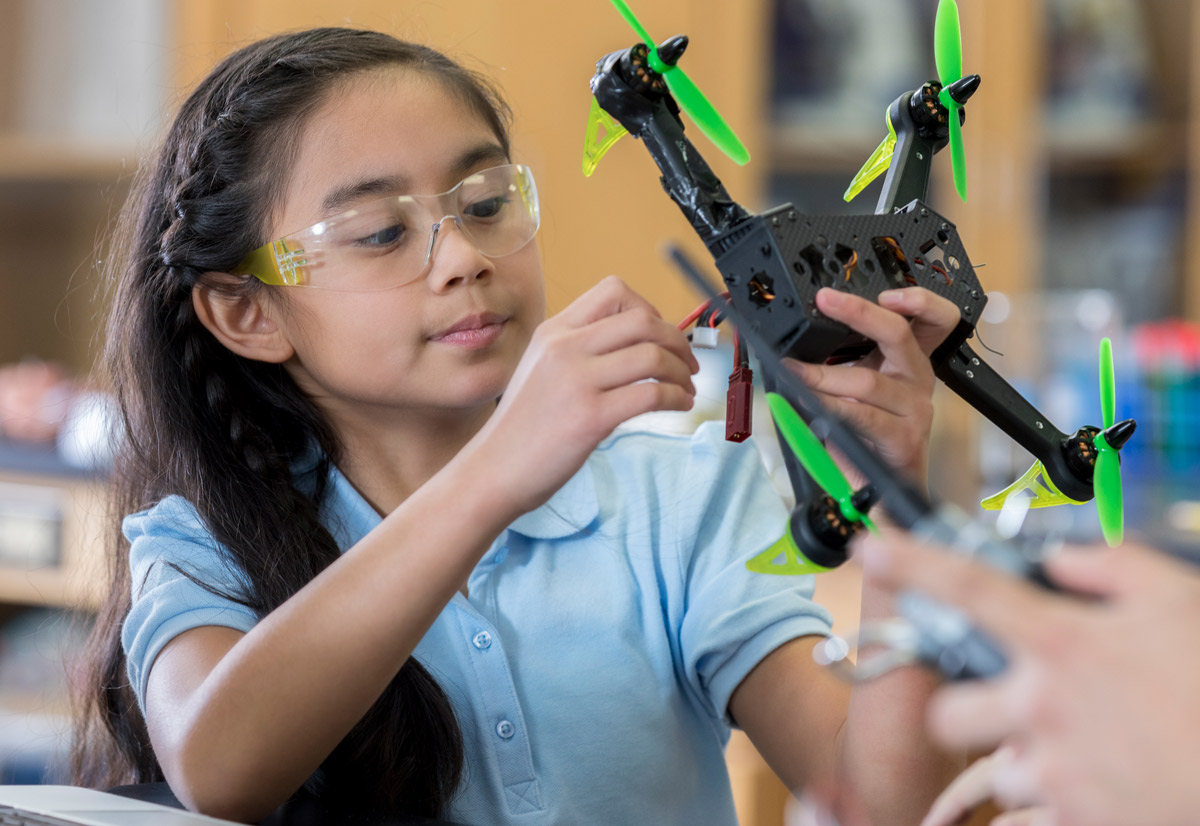This shift from simply learning and memorizing scientific concepts to engaging in sense-making practices to explain scientific phenomena also requires a shift in how teachers think about and approach science instruction.
“The new standards don’t just outline what students need to know, but also describe the types of scientific practices students should experience as they’re learning the content,” said CSBA Policy Analyst Mary Briggs. “Trustees can support ongoing professional learning opportunities to ensure teachers move from focusing primarily on the recall of facts to students also being able to explain their ideas and argue from evidence.”
Elementary school teachers will require a different model for professional development than their single-subject peers to best implement more student-centered instruction. K-5 teachers tend to have limited exposure during preservice coursework to NGSS pedagogy and narrow experience with scientific content in undergraduate work compared to science-specific content teachers in middle and high school.
Without that vital step, Harte said districts and county offices of education run the risk of purchasing new textbooks without changing the instructional practices of teachers or learning opportunities available to students.
As governance teams navigate the numerous professional learning options for NGSS, board members should prioritize programs that both engage educational staff in a cycle of continuous improvement by using multiple data sources and active inquiry; and ensure continuous professional learning through follow up, feedback and reflection to support implementation in the classroom.

Currently, there is no timeline by which LEAs must adopt California NGSS-aligned curriculum, nor is there extra funding allocated to do so. That means LEAs do not have to rush through the process of curriculum adoption and can take time determining the right fit for their school. A methodical process can also ensure that resources are used wisely.
Considering questions such as “What elements do we feel are essential in new science curriculum?” and “What supports do we think our teachers and students will need for the curriculum?” can help highlight an LEA’s priorities, as well as elements that may need to be supported in other ways outside of the adoption process.
Ensuring teachers have adequate resources to support student transition to CA NGSS is essential. Among recommendations included in the brief, it’s vital that teachers are engaged in any stakeholder discussion surrounding curriculum as LEAs move forward in the adoption process.
“Textbook adoptions represent a huge expense for districts, and this new brief can help trustees develop guidelines for the pilot, adoption and implementation process,” Briggs said. “Putting a thoughtful stakeholder engagement and review process in place can help LEAs avoid frustration and costly remedies down the line.”